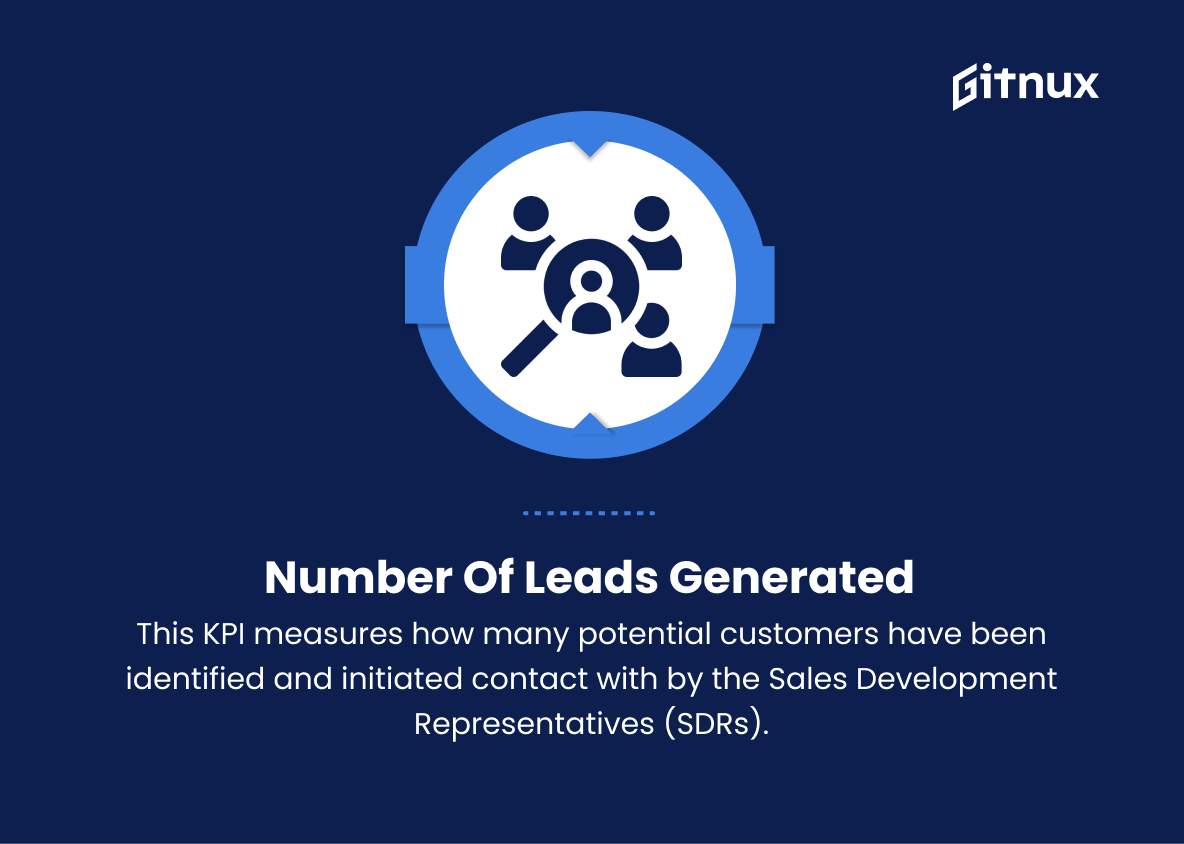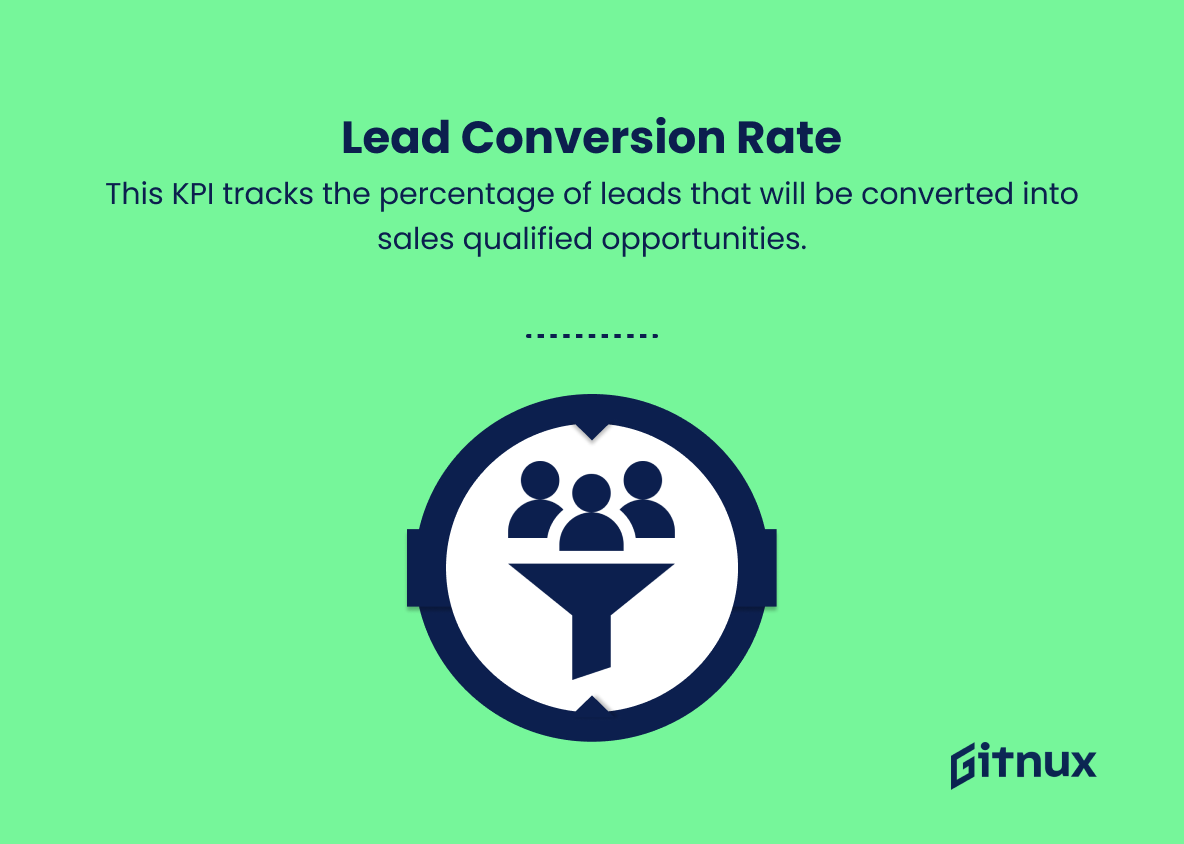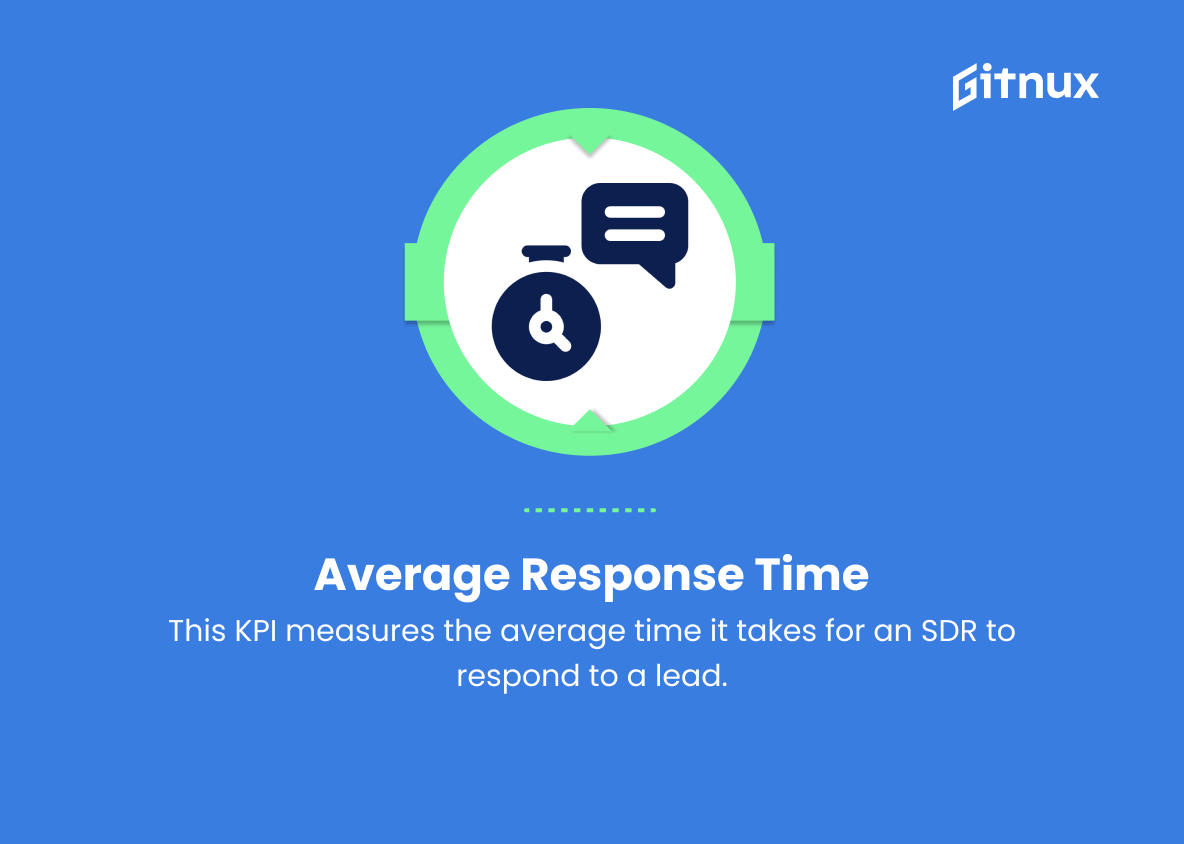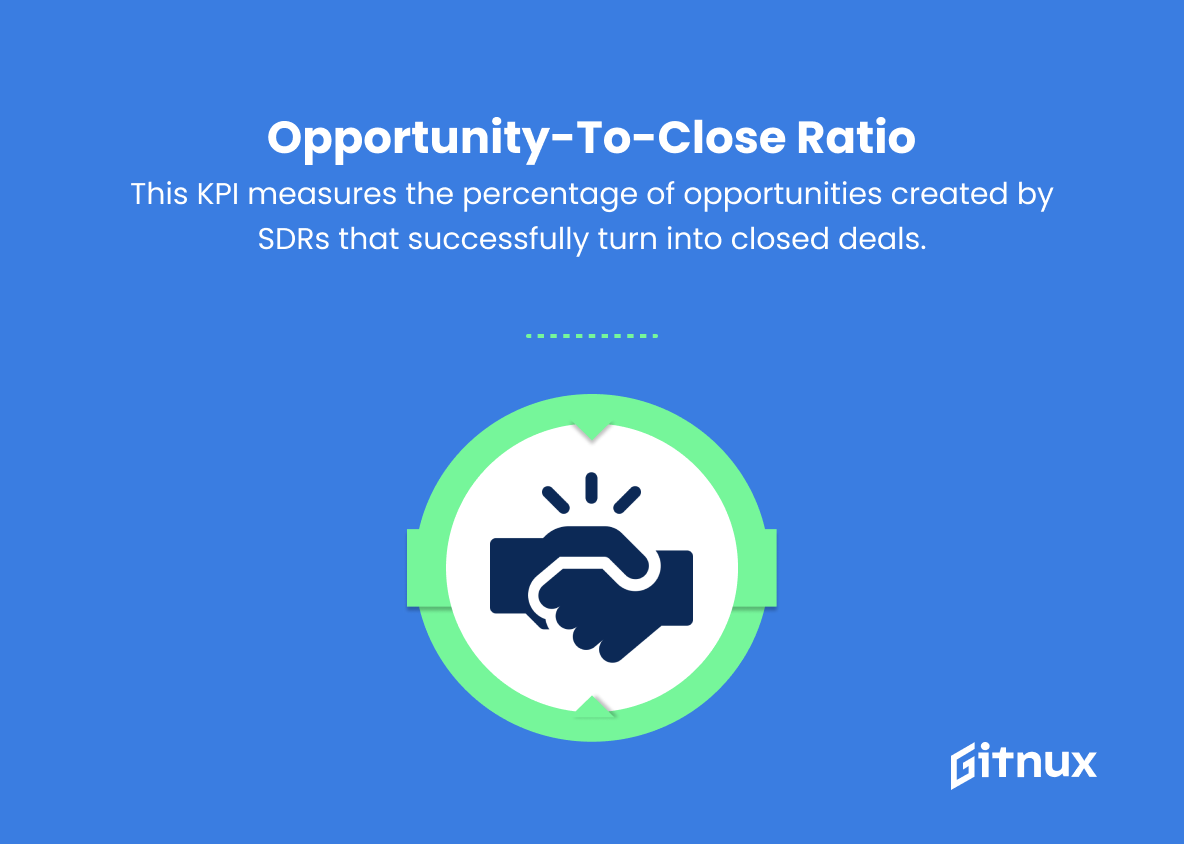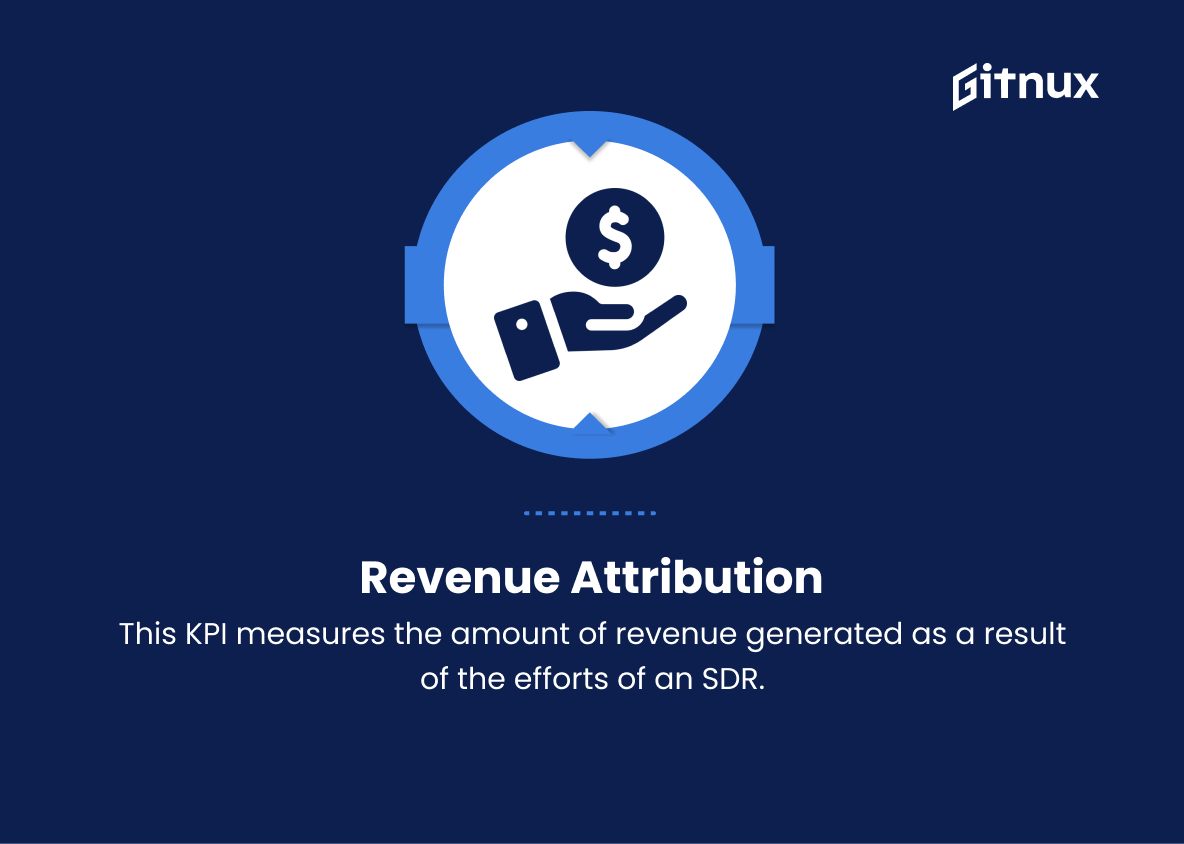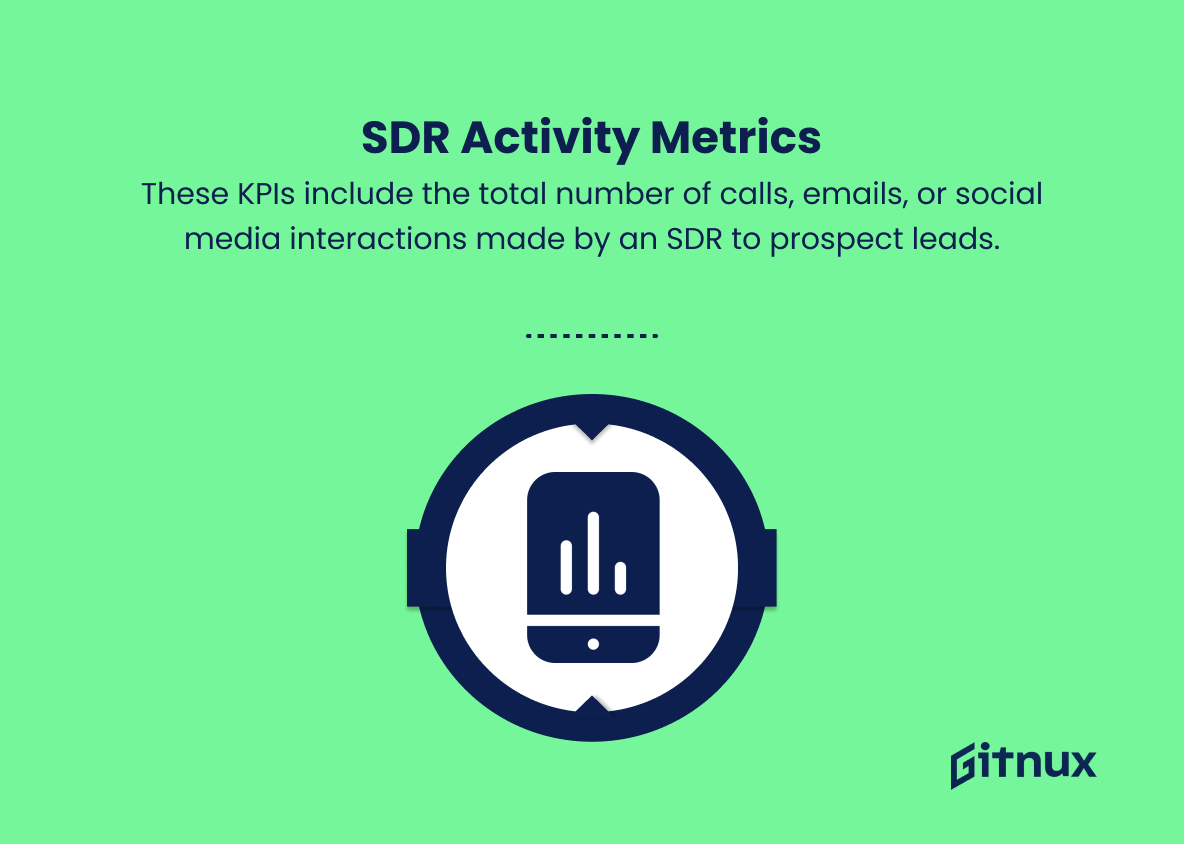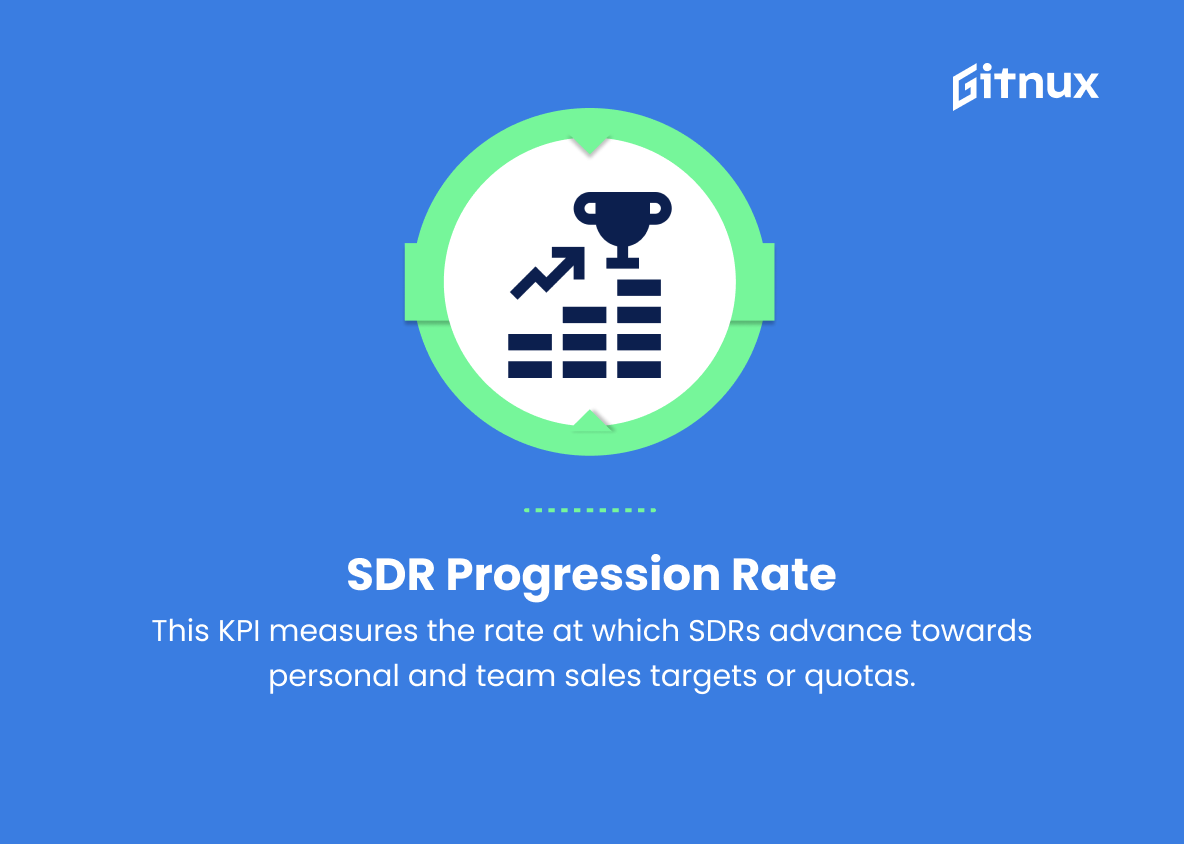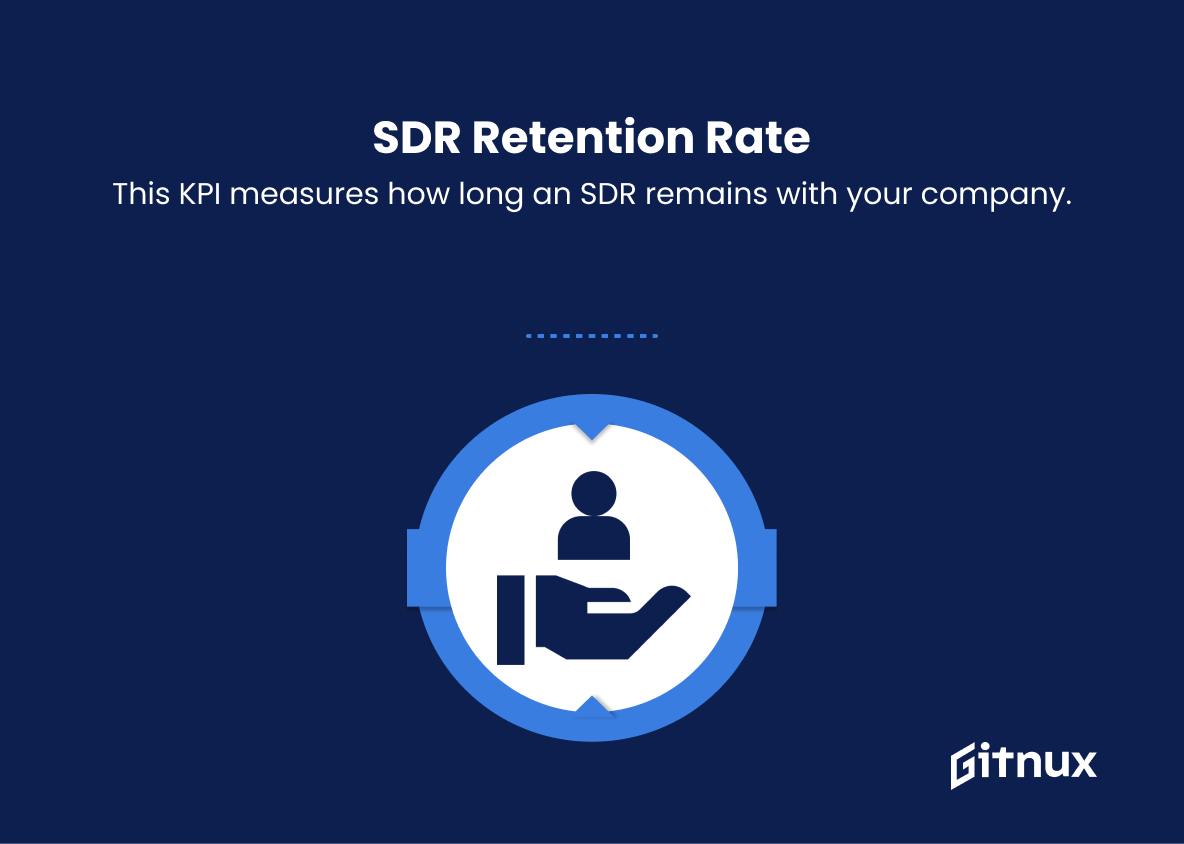In today’s highly competitive business landscape, companies across various sectors are striving for precision and agility in their decision-making processes. A key component to achieving this lies in the ability to measure and monitor the organization’s performance with the right set of indicators, otherwise known as Key Performance Indicators (KPIs).
For organizations involved in Software-Defined Radio (SDR) technology, identifying and understanding the relevance of SDR-specific KPIs is imperative for continuous improvement, innovation, and future growth. In this blog post, we will explore the critical nature of SDR KPIs, delve into their significance in driving an organization’s overall success, and discuss some prominent KPIs that can enhance the efficiency and effectiveness of SDR projects. Join us as we unlock the power of SDR KPIs and uncover actionable insights for your business.
SDR KPIs You Should Know
1. Number of Leads Generated
This KPI measures how many potential customers have been identified and initiated contact with by the Sales Development Representatives (SDRs). This is a crucial SDR KPI because it shows the effectiveness of their prospecting efforts.
2. Lead Conversion Rate
This KPI tracks the percentage of leads that will be converted into sales qualified opportunities. It indicates the effectiveness of an SDR’s ability to qualify leads and move them further down the sales funnel.
3. Average Response Time
This KPI measures the average time it takes for an SDR to respond to a lead. Faster response times can often lead to higher conversion rates, as the prospect may still be actively engaged with your product or service offerings.
In today’s highly competitive business landscape, companies across various sectors are striving for precision and agility in their decision-making processes.4. Call-to-Appointment Ratio
This KPI measures the ratio of the total number of calls made by an SDR to the total number of appointments set. This is an important KPI because it shows the effectiveness of an SDR’s ability to engage prospects and convince them to take the next step.
5. Opportunities Created
This KPI measures the total number of sales qualified opportunities created by an SDR. It’s important to track this KPI because it demonstrates how successful an SDR is at moving leads from the top of the funnel to potential customers ready for a sales pitch.
6. Opportunity-to-Close Ratio
This KPI measures the percentage of opportunities created by SDRs that successfully turn into closed deals. This is a critical KPI because it indicates the overall effectiveness of the sales development process and the quality of the leads being generated.
A key component to achieving this lies in the ability to measure and monitor the organization’s performance with the right set of indicators, otherwise known as Key Performance Indicators (KPIs).7. Revenue Attribution
This KPI measures the amount of revenue generated as a result of the efforts of an SDR. By tracking this KPI, you can assess the direct impact of your SDR team on your company’s bottom line.
8. SDR Activity Metrics
These KPIs include the total number of calls, emails, or social media interactions made by an SDR to prospect leads. Tracking these KPIs helps to evaluate the effectiveness of an SDR’s outreach strategy and can signal the need for adjustments or improvements.
9. SDR Progression Rate
This KPI measures the rate at which SDRs advance towards personal and team sales targets or quotas. This KPI helps motivate SDRs to consistently meet their goals and can help identify underperforming team members who may require additional coaching or training.
10. SDR Retention Rate
This KPI measures how long an SDR remains with your company. A high retention rate indicates a satisfied and motivated sales development team, while a low retention rate can signify high levels of stress or dissatisfaction, leading to increased hiring and training costs.
For organizations involved in Software-Defined Radio (SDR) technology, identifying and understanding the relevance of SDR-specific KPIs is imperative for continuous improvement, innovation, and future growth.SDR KPIs Explained
The SDR KPIs play a critical role in evaluating the performance and effectiveness of Sales Development Representatives in generating leads and driving revenue. These KPIs, including the number of leads generated, lead conversion rate, average response time, call-to-appointment ratio, opportunities created, opportunity-to-close ratio, revenue attribution, SDR activity metrics, SDR progression rate, and SDR retention rate, provide a comprehensive overview of an SDR’s ability to identify potential customers, qualify leads, and move them through the sales funnel.
By monitoring these KPIs, companies can determine the direct impact of SDRs on their organization’s bottom line and make necessary adjustments to their outreach strategies. Additionally, tracking the progression and retention rates of SDRs can help motivate team members to meet their goals, identify underperforming individuals who may require further coaching, and maintain a satisfied and motivated sales development team, ultimately reducing hiring and training costs.
Conclusion
In conclusion, the importance of SDR KPIs in today’s sales-driven organizations cannot be overstated. These key performance indicators serve as a strategic guide to help businesses continually improve, streamline their sales development process, and achieve their revenue goals.
By focusing on metrics like response time, conversion rates, and the number of qualified leads generated, businesses can receive valuable insights into their SDR team’s efficiency, effectiveness, and overall contribution to the company’s success. Ultimately, implementing a system for tracking and measuring SDR KPIs will ensure your sales development team is continuously growing, adapting, and making a significant impact on your organization’s bottom line.
